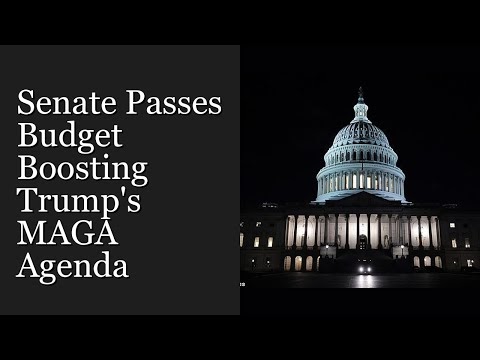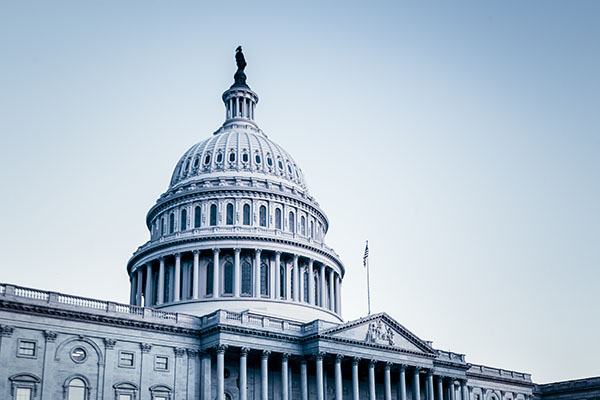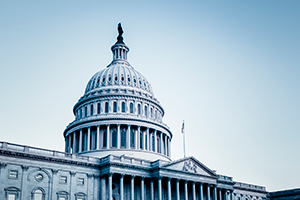by CUPA-HR | January 7, 2025
On December 13, the Biden administration issued their Fall 2024 Regulatory Agenda, which provides insights on regulatory and deregulatory activity under development across more than 60 federal departments, agencies and commissions. The Fall 2024 Regulatory Agenda is the second agenda published this year, following the Spring 2024 Regulatory Agenda released in July.
Given the upcoming change in administration, the Fall 2024 Regulatory Agenda is the last that will be released by the Biden administration. The Trump administration will seek to change many regulatory priorities after taking office, meaning that regulations intended to be released after the Biden administration leaves office will change or be withdrawn altogether. As such, the regulations and target dates highlighted below are not final and subject to change once the Trump administration takes office.
Department of Labor
Heat Illness Prevention in Outdoor and Indoor Work Settings
The Biden administration’s regulatory agenda reminds interested stakeholders of the Department of Labor (DOL) Occupational Safety and Health Administration (OSHA)’s notice of proposed rulemaking on heat injury and illness prevention measures for both indoor and outdoor work settings. The comment period is open through January 14, 2025.
If finalized, the rule would impact all workplace settings under OSHA’s jurisdiction where employees are exposed to heat indexes that equal or exceed 80 degrees, regardless of whether the work is performed in an indoor or outdoor setting. All covered employers would need to circulate heat injury and illness prevention plans (HIIPPs), implement measures for providing breaks and water to employees exposed to high heat, and train employees on heat-related risks and illness prevention, among other provisions.
Given the comment period’s closing date, the incoming Trump administration will be tasked with next steps for the heat rule upon taking office. Trump nominated Lori Chavez-DeRemer to serve as DOL secretary, where she will oversee future actions taken with respect to heat injury and illness regulations. While she has not publicly weighed in on the current proposal, she co-led a report during her time in Congress that recommended the creation of a federal heat standard for nonimmigrant agricultural workers. She is also from Oregon, which has already implemented its own state heat illness prevention standard. As such, she may be responsive to moving forward with a heat injury and illness rule if confirmed as DOL secretary, though what those regulations may include remains to be seen.
Equal Employment Opportunity Commission
Recordkeeping Requirements for PWFA Charge-Related Records
The regulatory agenda includes a reminder that the Equal Employment Opportunity Commission (EEOC) published a notice of proposed rulemaking to extend existing recordkeeping requirements under EEO law to include charges under the Pregnant Workers Fairness Act (PWFA). The NPRM was published on November 21, 2024, and the comment period runs through January 21, 2025.
The PWFA was signed into law in December 2022, and the EEOC subsequently finalized implementing regulations for the PWFA in April 2024. The lengthy regulations provide guidance to employers and workers on people covered under the law and regulations, the types of limitations and medical conditions covered, and how to request reasonable accommodations.
According to the regulatory agenda, the new notice of proposed rulemaking sets out recordkeeping requirements for institutions of higher education relating to PWFA charges. The regulations do not require the creation of any records, but they do require that all covered entities (including higher ed institutions) maintain all employment and personnel records they make or keep in the regular course of business for a period of one year and all records relevant to a PWFA charge. These requirements are identical to the recordkeeping requirements related to Title VII of the Civil Rights Act, Americans with Disabilities Act (ADA), and Genetic Information Nondiscrimination Act (GINA) charges.
Federal Acquisition Regulation
Pay Equity and Transparency in Federal Contracting
In January 2025, the Department of Defense (DOD), General Services Administration (GSA), and NASA anticipate releasing a final rule to amend the Federal Acquisition Regulation on pay equity and transparency in federal contracting.
The joint agencies published a pay equity and transparency notice of proposed rulemaking in January 2024, in which the agencies propose to amend the Federal Acquisition Regulation to implement a government-wide policy that would:
- prohibit contractors and subcontractors from seeking and considering job applicants’ previous compensation when making employment decisions about personnel working on or in connection with a government contract (“salary history ban”), and
- require these contractors and subcontractors to disclose the compensation to be offered on job announcements (“compensation disclosure” or “pay transparency”).
Although the agencies are targeting January 2025 for release, the final rule has not yet been sent to the Office of Information and Regulatory Affairs (OIRA) for review prior to publication. All regulations are required to be reviewed by OIRA before they are published for the public, and review typically lasts 30-60 days after the regulation is received. Given the short time left, it appears unlikely that the rule will be published before the end of the Biden administration’s term. It is unknown if the Trump administration will move forward with this rule or seek to withdraw it.
Department of Homeland Security
Modernizing H-1B Requirements and Oversight and Providing Flexibility in the F-1 Program
The Fall 2024 Regulatory Agenda shows that the Department of Homeland Security aimed for a December 2024 release of additional regulations to modernize the H-1B program. DHS met this timeline, publishing a final rule on December 18.
The final rule included several noteworthy provisions that addressed concerns raised by CUPA-HR in comments responding to the October 2023 proposed rule, including a modification of the definition and criteria for H-1B specialty occupations.
The rule also codifies DHS’s current policy to give deference to prior determinations when adjudicating petitions involving the same party and facts (known as the “deference policy”), eliminates the itinerary requirement in the Form I-129, expands the H-1B cap exemptions for nonprofit and governmental research organizations, enhances cap-gap protections for F-1 students transitioning to H-1B status, and strengthens the USCIS site-visit program.
The final rule takes effect on January 17, 2025, just days before the next presidential inauguration. While it is unclear if the incoming Trump administration will seek to modify or roll back the rule, the codification of key provisions, such as the deference policy, makes them more difficult to rescind without formal rulemaking.
Department of Education
Discrimination Based on Shared Ancestry or Ethnicity
Keeping with the date set in the Spring 2024 Regulatory Agenda, the Department of Education’s Office for Civil Rights (OCR) originally targeted December 2024 for the release of a notice of proposed rulemaking to amend Title VI of the Civil Rights Act of 1964 and OCR’s enforcement responsibilities for cases involving discrimination based on shared ancestry or ethnic characteristics. OCR is issuing this in response to a 2019 Trump executive order and a 2021 Biden executive order.
The proposed rulemaking has become a higher priority for OCR, given the recent political activity on campus related to the Israel-Hamas war and related scrutiny from Congressional Republicans of higher education’s response to protests on campus. OCR explains the need for this rulemaking by stating that they have “received complaints of harassment and assaults directed at Jewish, Muslim, Hindu and other students based on their shared ancestry or ethnicity.”
OCR missed the December target date, and the rule has not yet been sent to OIRA for review prior to publication. Given the short amount of time the Biden administration has before the end of its term, it seems unlikely that this rule will be published before the Trump administration takes office. It is unknown if and how the Trump administration would move forward with regulations on the same issue, though they may seek to publish a proposal given the first Trump administration’s 2019 executive order on combatting antisemitism.
Nondiscrimination on the Basis of Sex in Education Programs or Activities Receiving Federal Financial Assistance: Sex-Related Eligibility Criteria for Male and Female Athletic Teams
In the Fall 2024 Regulatory Agenda, OCR kept its rule to finalize Title IX requirements related to transgender students’ participation in athletic programs to its “long-term actions” list, but the Biden administration subsequently withdrew it on December 20, 2024, halting all efforts to finalize the rule.
As a reminder, the April 2023 proposed rule recommended language that would prohibit schools receiving federal funding from adopting or applying a one-size-fits-all ban on transgender student participation on teams consistent with their gender identity.
The Trump administration is likely to reverse the Biden administration’s Title IX regulations that expand protections to individuals facing discrimination on the basis of sexual orientation and gender identity. Trump and Republicans also spoke of bans on transgender women’s participation in women’s sports during the 2024 election campaign. As such, the Trump administration could choose to issue a separate Title IX rule regarding transgender students’ participation in athletic programs, though it remains to be seen if they will do so.
Looking Ahead
As mentioned above, the target dates and regulations themselves are likely to change once the Trump administration takes office. The public will not have insight into the anticipated regulatory and deregulatory activity under the Trump administration until the Spring 2025 Regulatory Agenda is released, which will likely be sometime in late spring or early summer 2025. CUPA-HR will continue to keep members apprised of all relevant regulatory activity as it develops throughout the year.
Share This Article:












